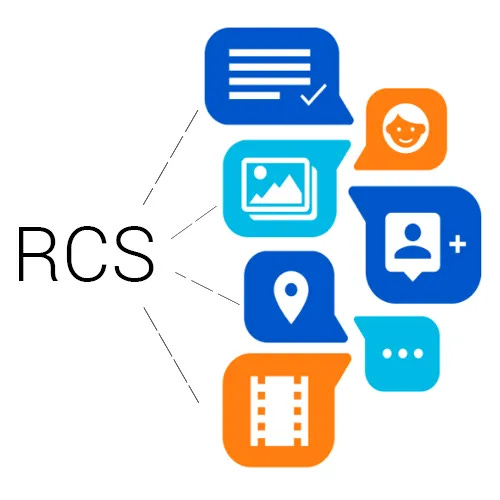RCS Full Form Explained: Benefits and Features of RCS Message
Learn the RCS full form, explore how RCS message works, and discover its benefits for modern communication in this detailed and beginner-friendly guide.
Understanding RCS Full Form and Its Impact on Messaging
In today’s digital era, communication continues to evolve at a rapid pace. While traditional SMS still holds relevance, a more advanced messaging technology is taking center stage—RCS. Before diving deep, let’s start with the RCS full form, which stands for Rich Communication Services. It is an upgrade to the conventional SMS protocol and is designed to provide a more dynamic and interactive messaging experience.
To begin with, the primary goal of RCS is to bridge the gap between messaging apps and traditional SMS. It offers features like read receipts, high-resolution image sharing, typing indicators, and group chats, similar to platforms like WhatsApp or iMessage. This marks a significant shift from the basic text-only limitations of SMS.
Why Knowing the RCS Full Form Matters
Understanding the RCS full form helps users and businesses make informed decisions about the tools they use for communication. With RCS being integrated into Android's native messaging app, users no longer need to rely solely on third-party apps to enjoy enhanced messaging. Moreover, as telecom providers globally adopt RCS, the term becomes increasingly important in digital conversations.
Transitioning from SMS to RCS is not just a change in name but a significant technological advancement. It gives users the ability to send media-rich content without needing Wi-Fi-based apps. This seamless experience adds to user convenience and engagement.
Exploring the Power of RCS Message
Now that we know the rcs full form, let’s understand what an rcs message offers in practical terms. Simply put, an rcs message allows for a richer communication style. For instance, users can share GIFs, carousels, and even conduct real-time customer service interactions, all within the default messaging app.
Unlike SMS, which has a character limit and no interactivity, an RCS message transforms the basic texting environment into a fully-featured chat platform. This proves especially valuable for businesses wanting to connect with their audience in a more engaging and branded way.
In addition, users can verify sender identities through RCS, ensuring better trust and security. As a result, fraud and spam messages are significantly reduced. Notably, these improvements come without requiring the user to download any new app—making the transition smooth and intuitive.
Adoption and Compatibility of RCS
Since the rcs full form is becoming more popular in mobile communication, it’s essential to note its adoption status. While many Android devices now support RCS, its rollout depends on both the device and carrier compatibility. Google has been a driving force behind RCS adoption, encouraging providers worldwide to implement it in their networks.
Transitioning to RCS is generally automatic for most users, provided they have the latest messaging app and software updates. Therefore, users can expect improved functionality without having to manually adjust settings. Furthermore, major smartphone manufacturers have already begun integrating RCS support into their devices, showing strong industry backing.
RCS Message and Business Communication
Businesses, especially those in e-commerce and customer service, find the rcs message capability incredibly useful. It allows for interactive promotional campaigns, product catalogs, and real-time support—far beyond what SMS can handle. For example, instead of sending a simple text notification, a brand can send a trackable parcel status complete with buttons, estimated delivery, and feedback options.
This level of interactivity keeps users engaged and improves customer satisfaction. Moreover, the analytics capabilities within RCS help businesses better understand user behavior and campaign performance. Thus, investing in RCS becomes a strategic move for enterprises aiming for modern engagement.
Limitations and Future of RCS
Despite its many benefits, RCS isn’t without limitations. The biggest drawback is that it currently doesn’t offer full support across Apple’s ecosystem, as iPhones still rely heavily on iMessage and SMS. However, discussions about future cross-platform compatibility are ongoing.
Still, with increased adoption by Android and support from telecom providers, the future of RCS looks promising. As more users understand the rcs full form and experience the advantages of an rcs message, it’s likely to become a mainstream communication tool in the near future.
Final Thoughts
To conclude, the rcs full form—Rich Communication Services—represents a major leap forward in mobile messaging. It combines the reliability of SMS with the rich features of chat apps, making it a compelling option for both personal and business use. As the use of rcs message grows, more people will enjoy a secure, engaging, and flexible way to stay connected.
With constant upgrades and expanding global support, RCS is not just the future—it’s the present of mobile communication.



